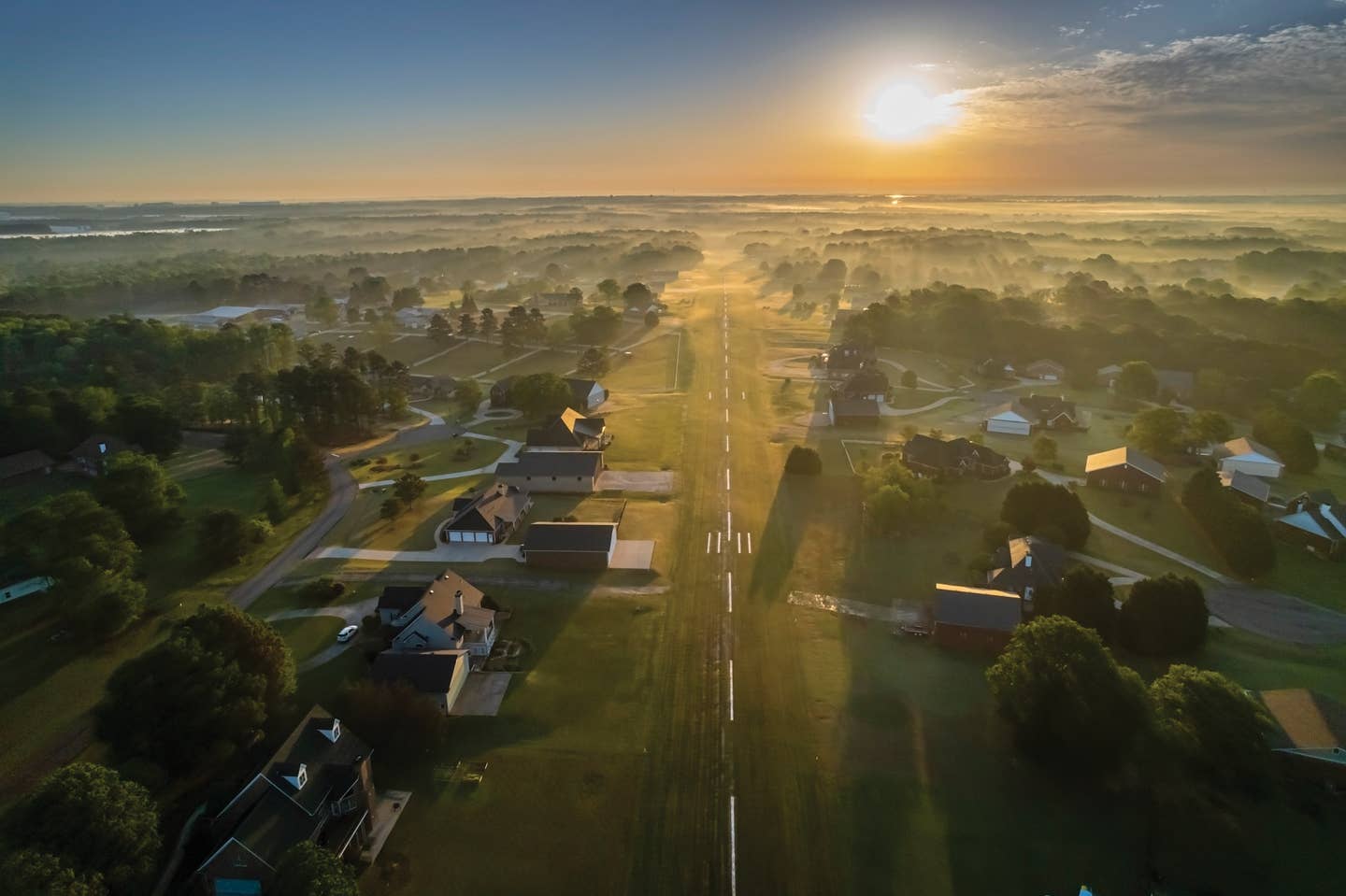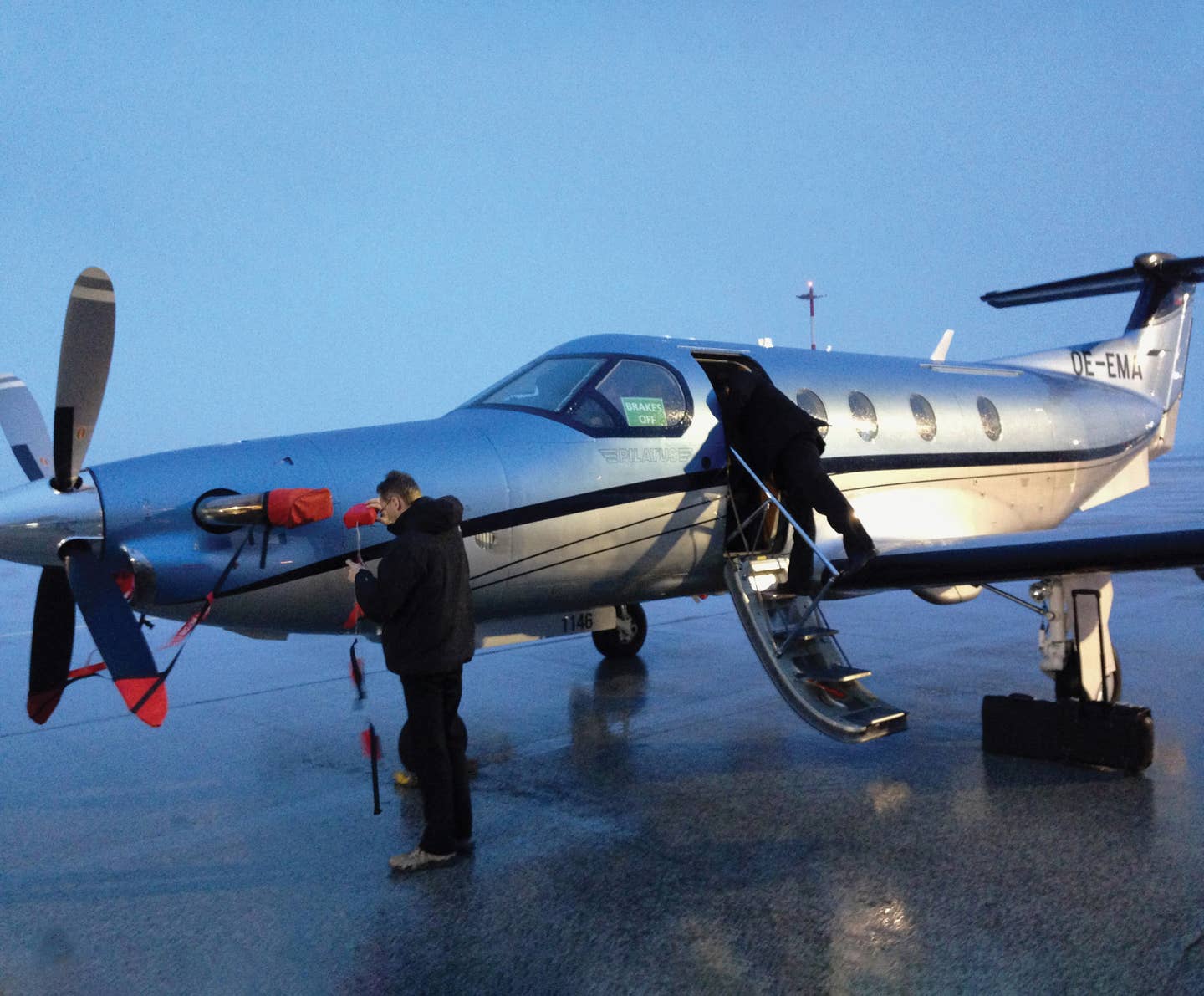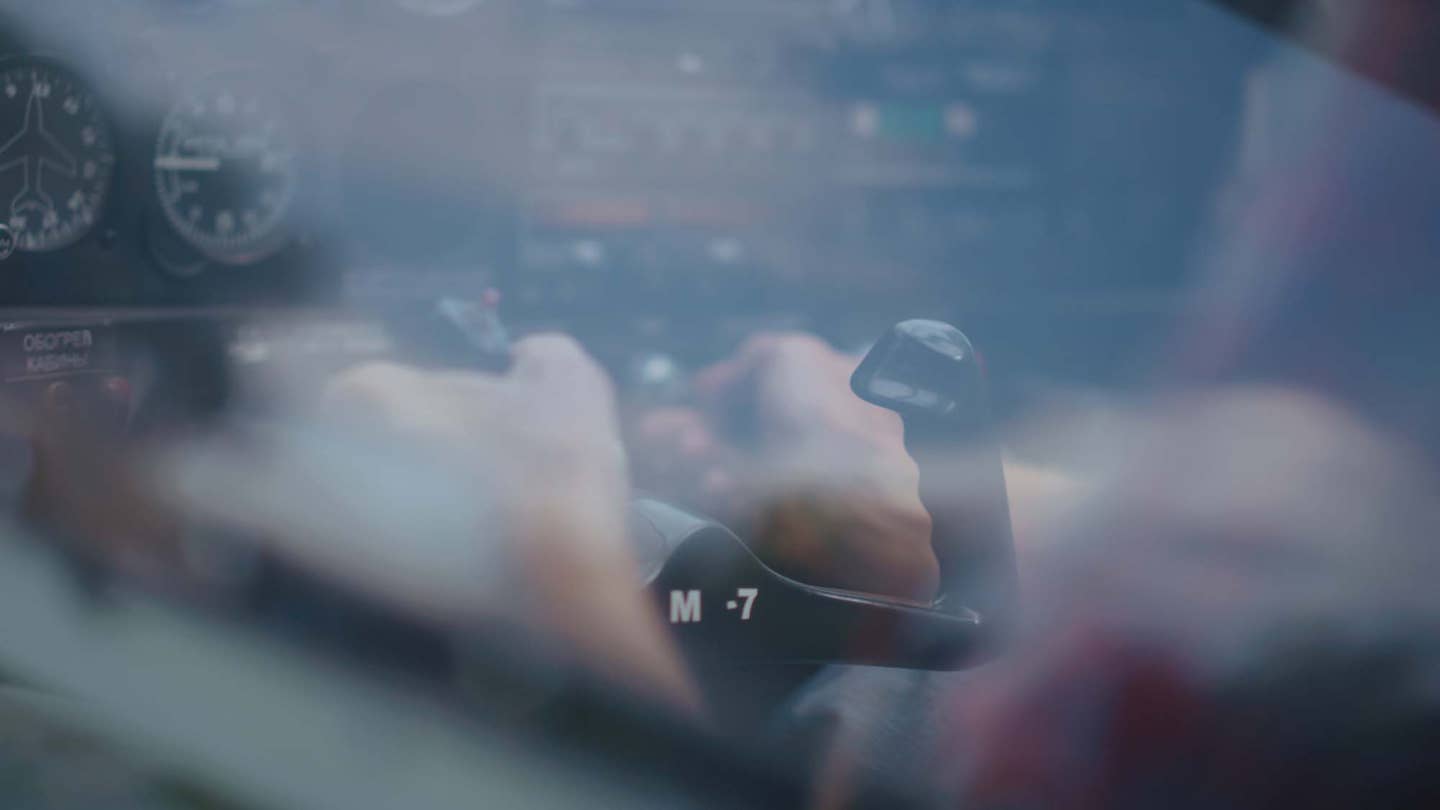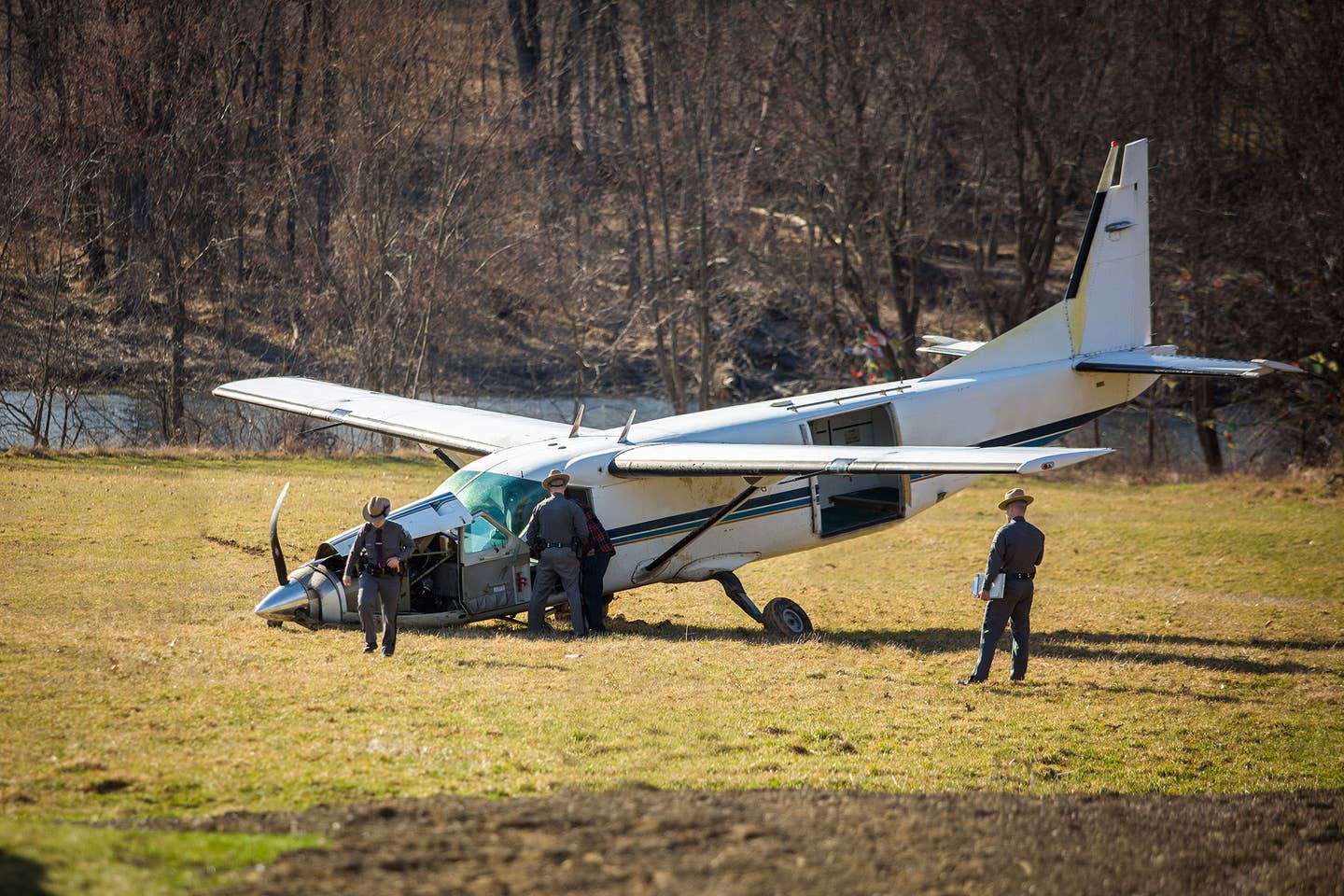Airplane Owner-Assisted Maintenance
There are better reasons for helping turn wrenches than money alone.
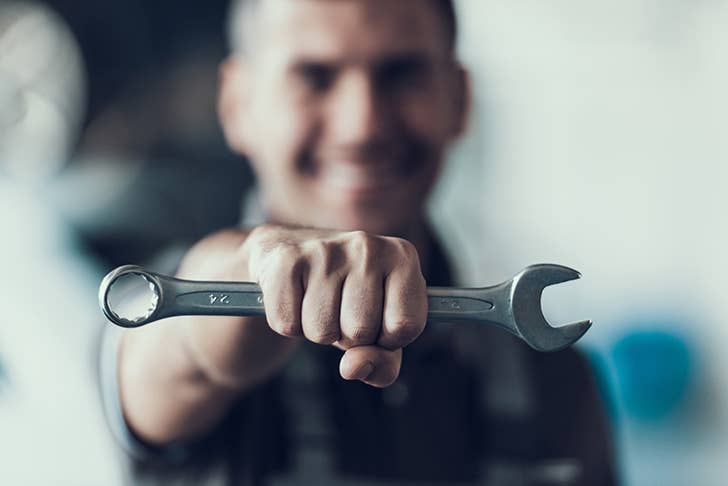
For airplane owners, there are few anniversaries as daunting as the due date for the airplane's required annual inspection. The uneasiness is warranted, as there are several hard-to-predict factors, not the least of which is the high, sometimes nearly catastrophic, costs associated with the annual inspection if major repairs are required. But you might be able to cut those costs, in some cases significantly, by chipping in with the labor.
One of the lesser-known regulations regarding maintenance on pilot-owned aircraft is the ability of the owner to complete certain non-complex, preventive maintenance tasks. This may include changing lightbulbs, tire maintenance, oil changes and other rudimentary, simple tasks. In addition, assisting with annual maintenance by helping your A&P remove seats, access panels and the like could also help your bottom line, if nothing else than by cutting down on shop hours needed to do the inspection.
Other than the potential to save some hard-earned cash, why would an owner want to take on some of the maintenance items? Perhaps the best reason is to learn more about your airplane. Or to give you an insight into the multitude of moving parts that creates a symphony allowing you to defy the laws of gravity and fly safely. Maybe it's just to be a better pilot leveraging your improved understanding of the intricate operation of your aircraft. Whatever your motivation, here's a guide to help you navigate the magenta line of pilot owner maintenance.
Show And Tell
Before you throw on your coveralls and start turning wrenches, it's best to get some advice from your willing A&P on how to perform some basic maintenance on your aircraft. And the best way to do that is to work with your mechanic during your next maintenance cycle. Whether it's for a routine oil change or more complex work, ask them if they would be willing to allow you the opportunity to observe and partake in the process.
While some shops, especially those designated as a Repair Station, may be hesitant to allow you this chance, many independent shops will be more than willing to offer this experience. Not only will this provide some important education that can prepare you for your first sortie into the owner-pilot maintenance world, but also it will give you an opportunity to see firsthand some of the complexities that can be associated with aircraft maintenance.
However, keep in mind that in doing so, it's likely that the effort of labor, and therefore the cost, for this maintenance learning session will increase, since your A&P will likely be spending additional time answering your questions, showing by example, and moving a little slower than they would if they were working in their normal independent fashion. Once completed, depending on your comfort level, you may want to complete a second "show and tell" session prior to beginning any owner maintenance solo. That decision will be entirely up to you, based on your level of comfort and confidence. One thing is certain. This step is critical and should not be taken lightly. The time, effort and additional expense to participate in these maintenance sessions as you ready yourself for owner-pilot maintenance will be returned many times over with confidence and cost savings going forward.
The Tools Of The Trade
It's been said that when all you have is a hammer, every problem looks like a nail. That analogy is never truer than when you are about to embark on owner-pilot maintenance. Having the right tools for the job not only saves time, money and effort but, in fact, could save your life. In speaking with A&Ps familiar with owner-pilot maintenance, we heard the same theme over and over. Get the right tools for the right job. That is to say, plan on investing in the more popular tools of the trade as you take off on your maintenance journey.
Depending on the type of maintenance you plan on doing, your tool shopping list should include, at a minimum, a good-quality socket wrench set, various screwdrivers, pliers and related hand tools. In addition, don't skimp on a good-quality torque wrench, safety wire pliers and safety wire in various gauges, along with mirrors for seeing in those hard-to-reach, hard-to-see places. Plan on budgeting somewhere between $500-$1,000 for the purchase of the requisite tools. And, if you don't already have one, a good-quality air compressor is a must. For those with higher ambitions, jacks and jack stands with the proper adapters, tail stands, tail weights and the like should be part of your airplane maintenance tool inventory. (Keep in mind, there is a newly published liberal interpretation of the regulations that govern owner-pilot maintenance, which gives you more freedom to work legally on more aspects of your aircraft. More on this later.)
So, now that you have your maintenance training sessions under your belt, and you've scoured the earth and purchased the best tools for the job, with your tool chests lined up neatly against your hangar wall, it's time to get your hands dirty, put those tools to work, and schedule out your first owner-pilot maintenance item.
The consensus among A&Ps familiar with this type of maintenance is that pilots new to the game should start small and work their way up to the bigger jobs. Of course, all of it has to be compliant with Part 43 of the regs (see our partial list of allowable preventive owner-pilot maintenance in the sidebar).
A good place to start is with an oil change. While the task is certainly more complex than that of changing the oil in your 20-year-old Ford, with the right tools, training and basic mechanical skills, you will be well on your way to being an expert with the black gold, bubbling crude crowd. Whatever your first maintenance task is, by all means, take your time. Like when you eat too quickly, you should get ready for some heartburn if you try to speed through your work. You certainly don't want to be cruising along, soaring with the eagles, and wondering if you put the safety wire on the oil filter. Taking your time and working with the maintenance checklist you developed during your training sessions will give you peace of mind, without the necessity to chew on an antacid.
Legal Interpretations
But what are you legally allowed to do with regards to maintenance? Okay, so here is where we list the numeric, alphabet soup legalese that permeates the FAA regulations and is as exciting to read as the ingredients on a bottle of ketchup. According to 14 CFR Part 43, Maintenance, Preventive Maintenance, Rebuilding and Alteration, the holder of a pilot certificate issued under 14 CFR Part 61 (that's most of you) may perform specified preventive maintenance on any aircraft owned or operated by that pilot, as long as the aircraft is not used under 14 CFR Part 121 (Regularly Scheduled Air Carrier, most likely not you).
In summary, pilot-owned preventive maintenance is allowed. Keep in mind that preventive maintenance cannot involve complex assembly operations. The sidebar illustrates some of the preventive maintenance items that you are allowed to perform. However, just because you can doesn't mean that you should. Whatever you decide to tackle, it should be well thought out and, at a minimum, preceded by a show-and-tell working session with your A&P, and most importantly, it should fall within your level of expertise, capability and confidence in completing the work at a level that will not compromise safe flight.
Also, keep in mind that once you successfully complete the maintenance, the job isn't done until you make the requisite logbook entries. The entry needs to include a description of the work performed, the date of completion, the signature, certificate number and type of certificate held by the person performing the work. It's important to note that your signature constitutes approval for return to service only for the work performed and not for unrelated issues.
Why Do It?
If your primary motivation for embarking on the owner-pilot maintenance journey is to save money, you may want to give pause and rethink it. While you might save some money, thriftiness should be merely a contributing factor and not the primary reason to turn wrenches on your plane. I'd argue that a better reason is getting your hands dirty will give you a greater understanding of your airplane's systems and how they interact. It might even help you foresee potential catastrophic failures by tipping you off to subtle changes in operation that you might have missed had you not become intimately familiar with your bird. And yes, it might help keep your shop bill a little smaller, too.
The Assisted Annual
What's it like to be an assistant and an extra set of hands for your A&P when it's time for that required annual inspection? In the best of worlds, your presence will provide some of the manual labor to assist your A&P with multiple, repetitive tasks such as removing inspection plates, removing seats for access to pulleys, cables and controls, and the like.
The keyword here is "assisted." Your presence during the assisted annual is to provide help and support on the non-complex labor-intensive tasks, not to be the perceived subject matter expert. Let your mechanic utilize their skills and expertise, concentrating on the complex tasks as efficiently as possible, reducing the overall labor hours with your contribution, which, in turn, will allow you to save some greenbacks.
Read "Owner-Assisted Annual" to learn more about how you can help your A&P.
Is It Worth It?
Only you can answer that question. To most owner-pilots who take on some of the allowable maintenance items, the answer is a resounding "yes." If you are so inclined, possess a reasonable degree of mechanical aptitude, and have followed these guidelines, you could be that rare pilot who not only can handle a crosswind but can also turn a pretty mean wrench.
Allowable Preventive Maintenance Items For Owner-Pilots (A Partial List)
- Perform oil changes
- Replenish hydraulic fluid in the reservoir
- Add oil, air or both to landing gear shock struts
- Lubricate items not requiring disassembly
- Replace defective safety wire or cotter keys
- Clean and grease landing gear wheel bearings
- Apply non-prohibited preventive or protective material to components where no disassembly is required
- Replace bulbs, reflectors and lenses of position and landing lights
- Replace any hose connection (excluding hydraulic connections)
- Replace and service batteries
To read more about annual inspections, check out "4 Ways To Avoid A Nightmare Annual" and "Going Direct: Annual Airplane Anxiety (And The Daily Kind, Too)."

Subscribe to Our Newsletter
Get the latest Plane & Pilot Magazine stories delivered directly to your inbox


